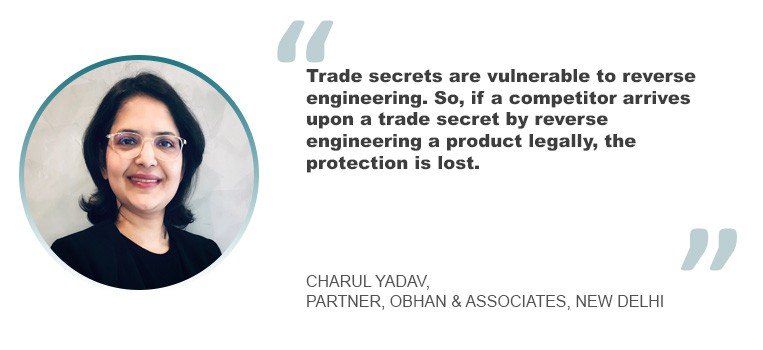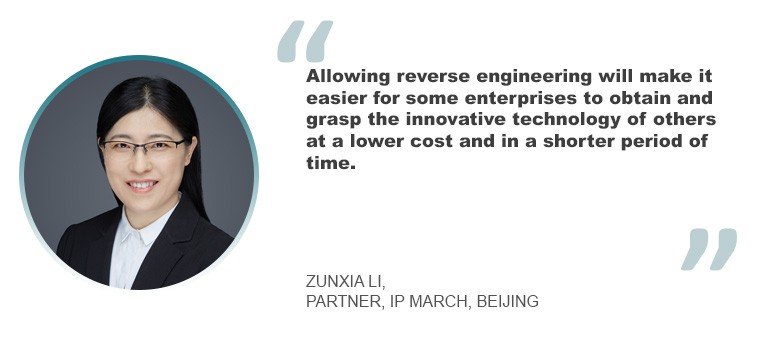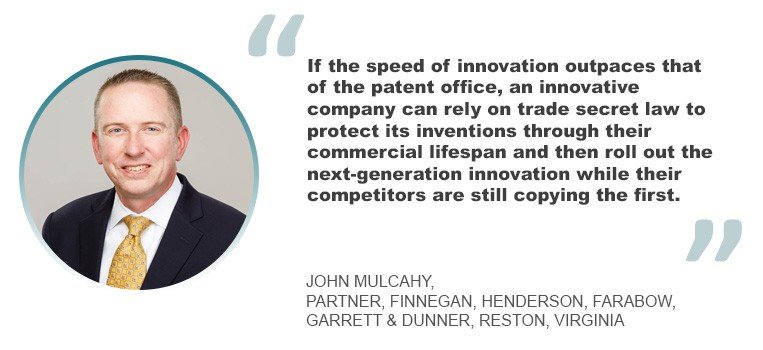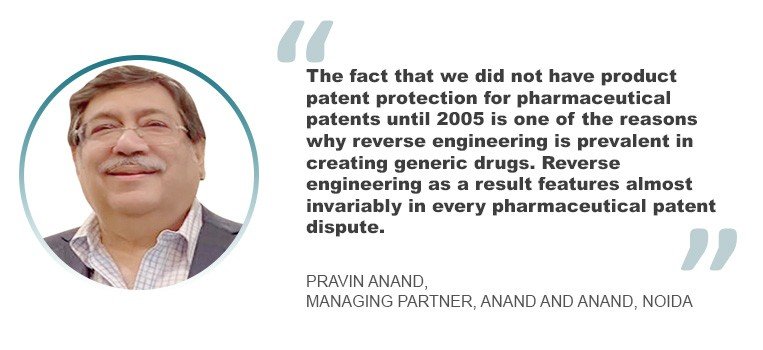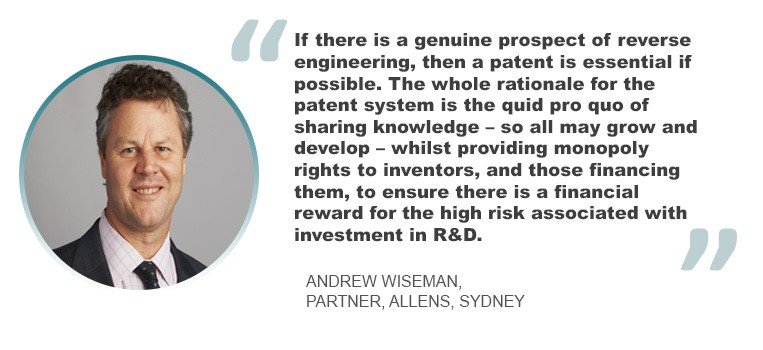“If there is a genuine prospect of reverse engineering, then a patent is essential if possible,” added Andrew Wiseman, a partner at Allens in Sydney. “The whole rationale for the patent system is the quid pro quo of sharing knowledge – so all may grow and develop – whilst providing monopoly rights to inventors, and those financing them, to ensure there is a financial reward for the high risk associated with investment in R&D.”
Likewise, Mulcahy revealed that if it can’t be kept a secret, then filing for patent protection may be the only recourse.
“The higher the ratio between the numerator – the benefit of reverse engineering and reproducing the innovative technology – and the denominator – the cost of the reverse engineering project and subsequent implementation of the innovation – the more likely a competitor will try to reverse engineer your product,” Mulcahy said. “This is particularly true when you are not licensing your technical know-how or you set your licensing rates too high in comparison to the costs of reverse engineering.”
However, Wiseman was quick to point out that reverse engineering is very difficult, if not impossible, to undertake in certain instances, as in the case of Coca-Cola’s recipe.
“If there is a choice, then the 20-year monopoly – in exchange for disclosure and sharing – may not be worth it. In this case confidential information may be the way to go because the monopoly arising from confidentiality may ensure for many decades or more,” Wiseman said.
But there’s another factor that should be taken into account, and some questions to be answered, before finally making a decision.
The questions are: How long is the invention’s useful life, whether it is patentable or not? Will it be superseded so quickly that the expensive regime of patenting, along with enforcing and defending the validity of patents, will not turn out to be worth the time and costs after all?
“It might be better to just keep it secret,” said Wiseman, “unless easily reverse engineerable.”
“If the speed of innovation outpaces that of the patent office, an innovative company can rely on trade secret law to protect its inventions through their commercial lifespan and then roll out the next-generation innovation while their competitors are still copying the first,” Mulcahy said.
“In practice, the innovative enterprises usually make an advance assessment on the possibility of reverse engineering the technical information contained in the product after it is released, and then choose to protect it with patent or technical secrets,” Li added. “If the latter is chosen, further increasing the difficulty of reverse engineering the product or imposing obligation to prohibit reverse engineering is usually made accordingly.”
For Anand, weighing patent protection against protecting something as a trade secret is, first and foremost, a business or strategic decision. Such decision depends on the company’s business goals, the technology under consideration, type of information or invention and other factors.
“The enforcement of a trade secret is usually through a breach of confidence/contract claim, whereas enforcement of a patent can take place through the various remedies available in the Patents Act, 1970, such as ex parte injunctions, deposit of bank guarantee. Furthermore, in patent disputes, one can approach the court while one apprehends the violation of a patent and before the launch of a product that infringes the patent. This is known as a quia timet action. In contrast, trade secret actions may invariably be after a theft has taken place. Therefore, the enforcement of a right is also strategic and depends on the company’s objective,” explained Anand.
Citing an example of trade secret protection, Anand shared: “An example of trade secret protection could be perhaps the development of an AI algorithm by a company, who may want to keep the process of developing the AI system confidential, till there is better clarity on the type of IP protection it may be able to apply for.”
Yadav maintained however, that business enterprises may use a patent and trade secret on complementary terms such that, a product is patented while its know-how or the method of developing the product may be kept as a trade secret.
According to her, India has no specific legislation governing trade secrets. Its courts have enforced rights in trade secrets under contract law, principles of equity or by way of a common law action for breach of confidence.
Currently, a lot of innovation is happening in the reverse engineering space, rapidly improving its techniques and further decreasing the cost and time involved in the process.
“Consequently, this increases the rate of returns for reverse engineers. But, it also adds pressure on companies to innovate more,” said Mulcahy.
With these in mind, it is best that companies learn everything they can about reverse engineering and the intellectual property issues connected with it, particularly patents and trade secrets to better protect their inventions, grow their business and gain the upper hand over the competition.




